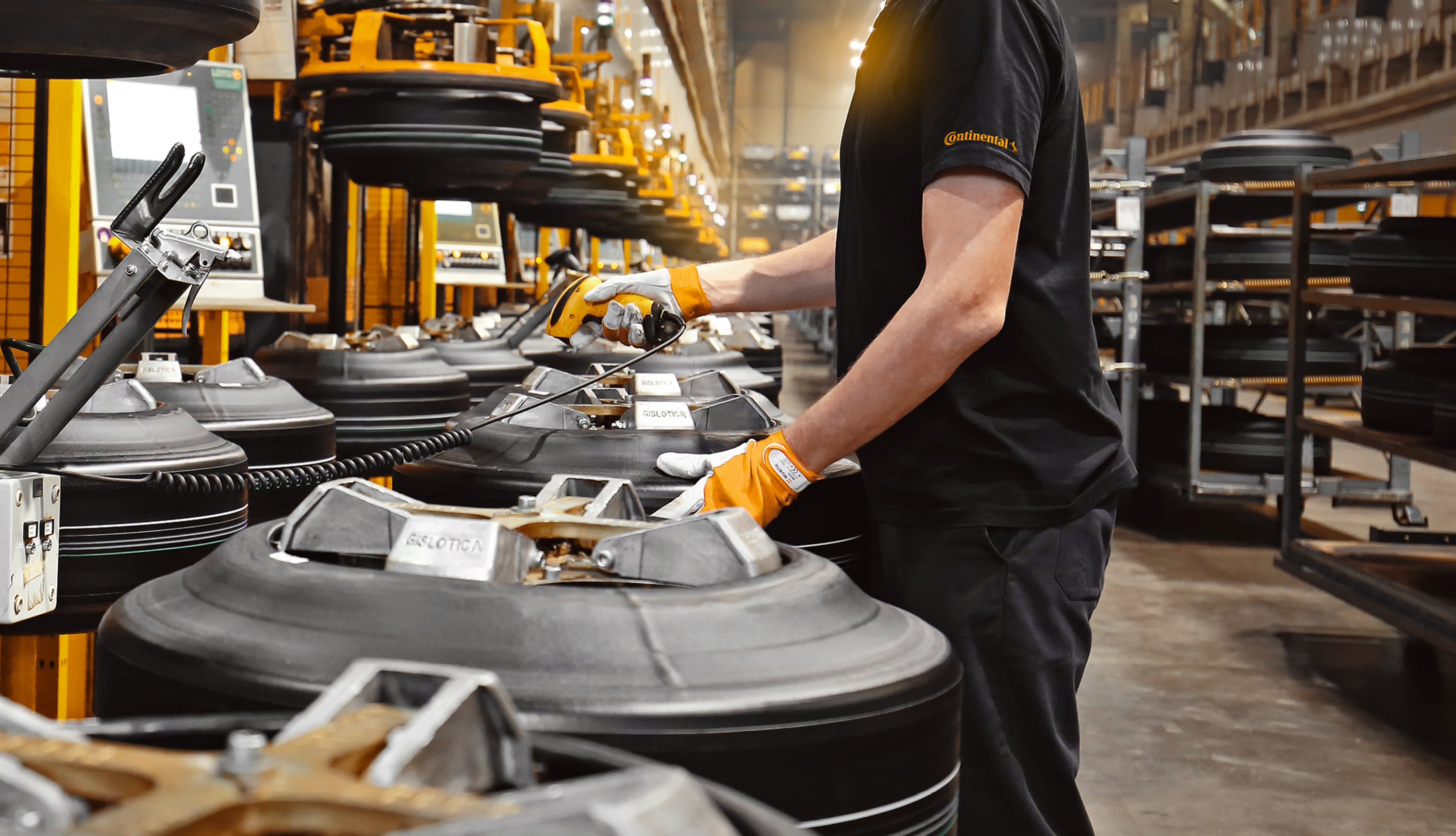
Visit Continental Tires in your country for local vehicle fitment
About Us
Tire Manufacturing
Rubber tires have been manufactured for over 100 years. We have been heavily involved in their development.
Today, a modern car tire consists of 25 components and 12 different rubber compounds on average. We exclusively use materials of the highest quality and set high standards – especially in terms of safety.
High-quality raw materials are turned into a tire in five steps:

More About Continental Tires
-
 2025/03/31Continental TiresCare, precision and efficiency have made us one of the leading tire manufacturers in the world. Find out more about our company.Read more
2025/03/31Continental TiresCare, precision and efficiency have made us one of the leading tire manufacturers in the world. Find out more about our company.Read more -
 2024/05/07Research and DevelopmentAt locations around the world, our scientists, designers and engineers work on innovations to make mobility safer, more efficient and more intelligent.Read more
2024/05/07Research and DevelopmentAt locations around the world, our scientists, designers and engineers work on innovations to make mobility safer, more efficient and more intelligent.Read more -
 2024/05/08Our BrandThe Continental tire brand is oriented towards the future – with over 150 years of history, structure, character, and personality, not to mention an distinctive design.Read more
2024/05/08Our BrandThe Continental tire brand is oriented towards the future – with over 150 years of history, structure, character, and personality, not to mention an distinctive design.Read more





